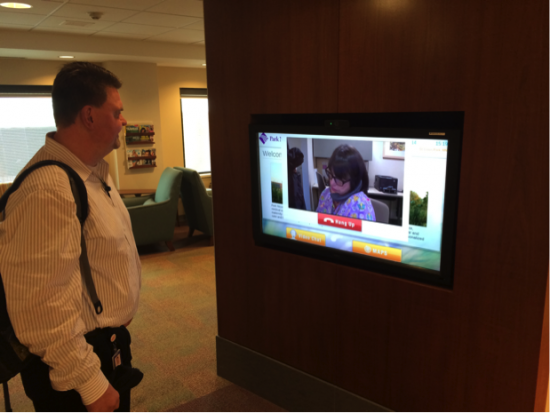New technology is always exciting. There are always groups within the organization that have seen some product demo at a convention or user group and need that new functionality right now!
But sometimes the infrastructure is not there to support it. Or it’s the first time this type of technology has been introduced into your organization. Both of these pose their own distinct issues and challenges.
Some initial questions we ask ourselves are the following:
• Does our current infrastructure support the requests?
• Do we need to procure hardware or do code upgrades?
• Will this pass a security sniff?
• Will this support the entire organization or is this a one off that will sporadically be used?
• Who is the first department willing to pilot this?

The infrastructure piece of the puzzle is usually the easiest for us in IT. As long as there is funding we can usually find ways of making whatever request happen. The process portion of new technology does not come as easy as installing a new piece of gear.
Fleshing out all the requirements and specifications is usually a multi-month process involving Business Analysts, Project Managers, operations and maybe even marketing. At our organization we will partner with a BA and operations to define requirements and then work out how we can layer the technology in to help achieve the goals of the requirements.
If the technology that you are implementing is the first of its kind in your organization, or you are running newly released software the piloting group becomes critical. On the initial definition of the project everyone needs to understand that the system is new and there may be issues to work through to give everyone the desired functionality. If this is understood issues are usually accepted more easily when problems come up. Critical areas or extremely busy departments may not make the best choice for pilots or process learning projects.
We have deployed some technologies that have been pretty fresh. Everyone knew going into the project that we would have to work through issues and patience was needed. In the end what came out of the project was fantastic and became a standard for our company.
I think we were one of the first companies to deploy Cisco’s Interactive Experience Clients. Because the system used HTML 5 instead of Flash for the content creation our choices were extremely limited for vendors. After receiving a great demo and moving forward with a vendor we found out that we would be running beta code. I don’t know about your company, but we cannot run beta code in production, so the search continued at a much more feverish pace. Deadlines were looming and we had not even started the actual content design. This time future-proofing technology hurt.
In the nick of time we were introduced to a new content provider that coded in HTML 5. We received a demo and it looked good, actually really good. We created our design and deployed.
During deployment we ran into small issues here and there (mostly from being on 1.0 code) that were easily remedied with patches. This is the part where patience is required from the customer group using the technology. Almost everything can be fixed but it always takes time to dig in, find the issue, and then fix what was identified.
What we received from the patience of our internal customers while we worked through issues has led to a system that is now used across our company for many different applications.
Since the initial deployment of our Digital Signage system we have deployed it in the following scenarios:
• Clinic Patient Rooms for educational purposes replacing paper handouts displaying videos, PDF’s, directions, and information about the clinic
• Interactive waypoint finding with video conferencing built in for a true human help element (IEC’s register to the Cisco Communications Manager as a SIP video end point)
• Cancer Center Treatment rooms that do not have windows have an HD security camera viewing a flower garden that is displayed on the digital signage. Patients can control the signage with an iPad so they do not have to get up from their treatment chair
Each deployment in terms of capability is much better than the last. It has taken on a life of its own and is maturing.

CONNECT WITH US